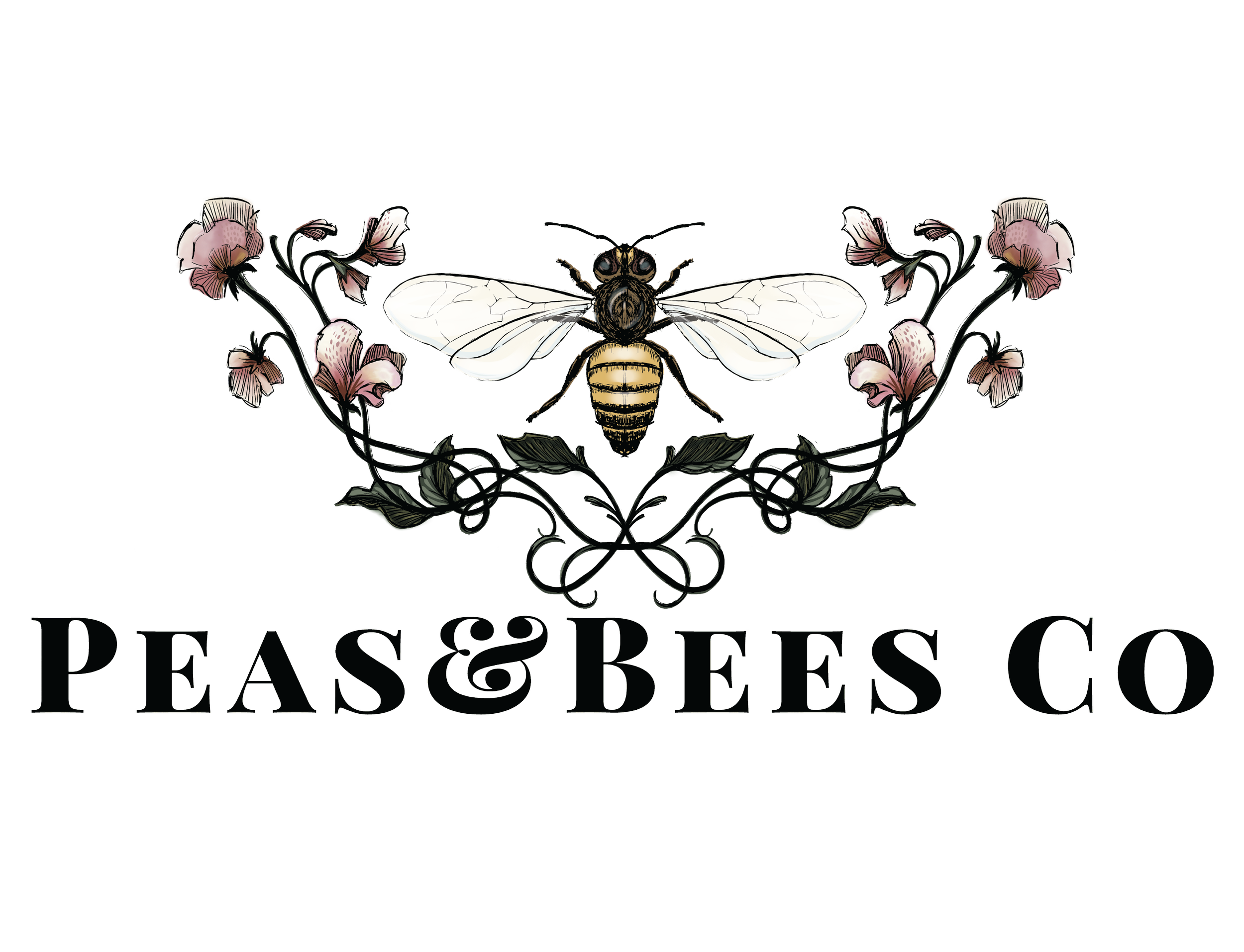Juniper Bonsai
Bonsai doesn’t refer to any specific plant but the way in which you grow it. It is any tree or shrub grown in a container and forced to stay small. It is an art form and stems from the Zen belief in creating an environment of serenity and peace and requires mindfulness and meditation. It is recommended to grow it outdoors but can be grown indoors. It will just take more focus and effort. The juniper bonsai is the most recognized of all.
AKA: Bonsai
Light: Requires a minimus of 4 hours direct sunlight per day. You can use a grow light to supplement also.
Water: Allow the soil to dry out but not completely before watering. Allow the top 1/2-1 inch of soil to dry out to the touch. Water slowly and evenly until water comes out of the drainage hole. Drain excess. Junipers don’t like wet roots so be sure your pot as a drainage hole.
Humidity: Tolerates average home humidity but prefers higher. Mist regularly and use a pebble tray. *
Toxicity: Mildly toxic to cats, dogs and humans.
Potting Mix: Moist but well-draining and tends to become dry.
Additional Care: Keep away from drafts. Trim off any sprouts that appear to keep the form you want. Trim them off at the base gently and at an angle. The juniper may go brownish indoors in the winter. This is normal and coincides with the seasons and will green up in the spring. Repot in the summer every 4-5 years as it becomes root bound. This doesn’t mean you need to go up a pot size however. You can simply trim off 1/4 of the bottom roots, discard the old soil and repot it in the same container in new soil.
*To make a pebble tray get a shallow dish and fill it will pebbles. Fill it with water until it’s almost level with the top of the rocks. Place your juniper bonsai in it’s pot on top of the dish. As the water evaporates it creates a humidity bubble around the plant. It’s also great when you are watering it because the excess water will drain into the pebble tray and keep that humidity.


